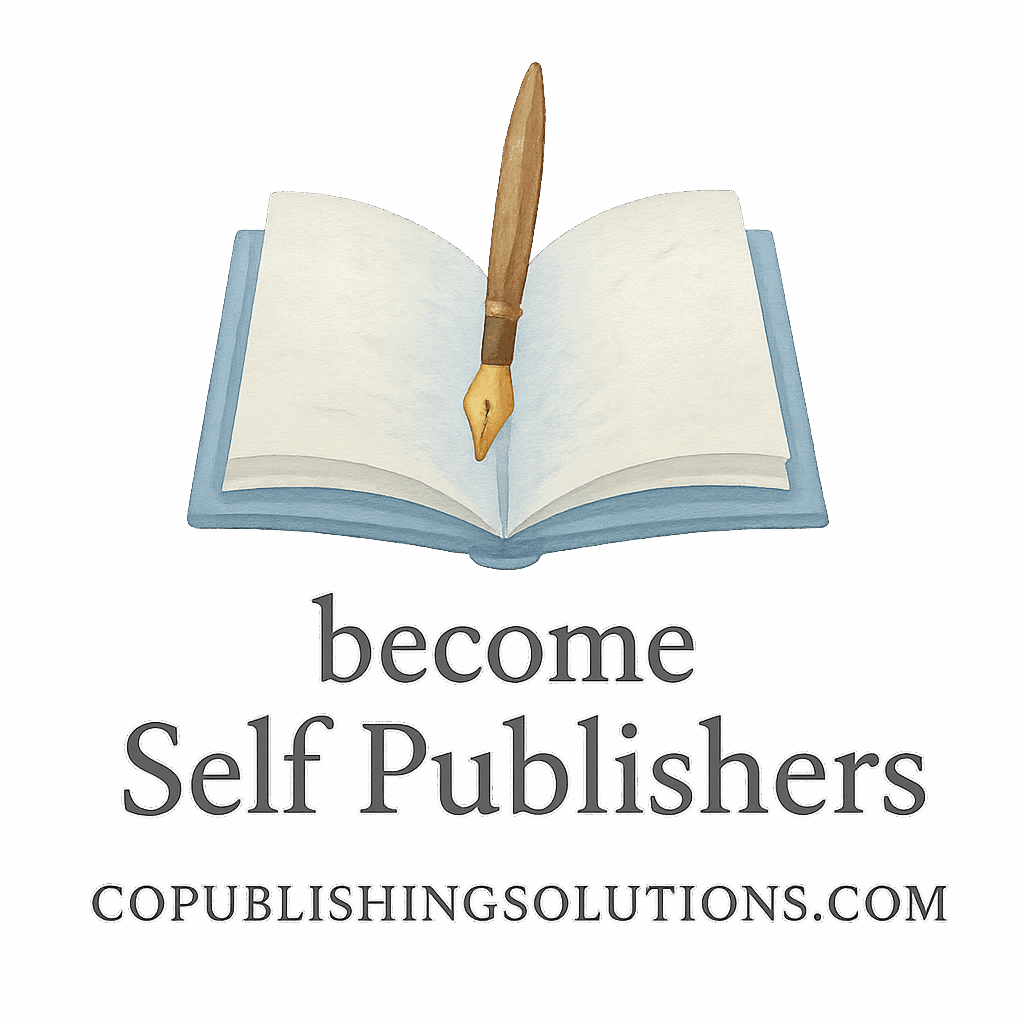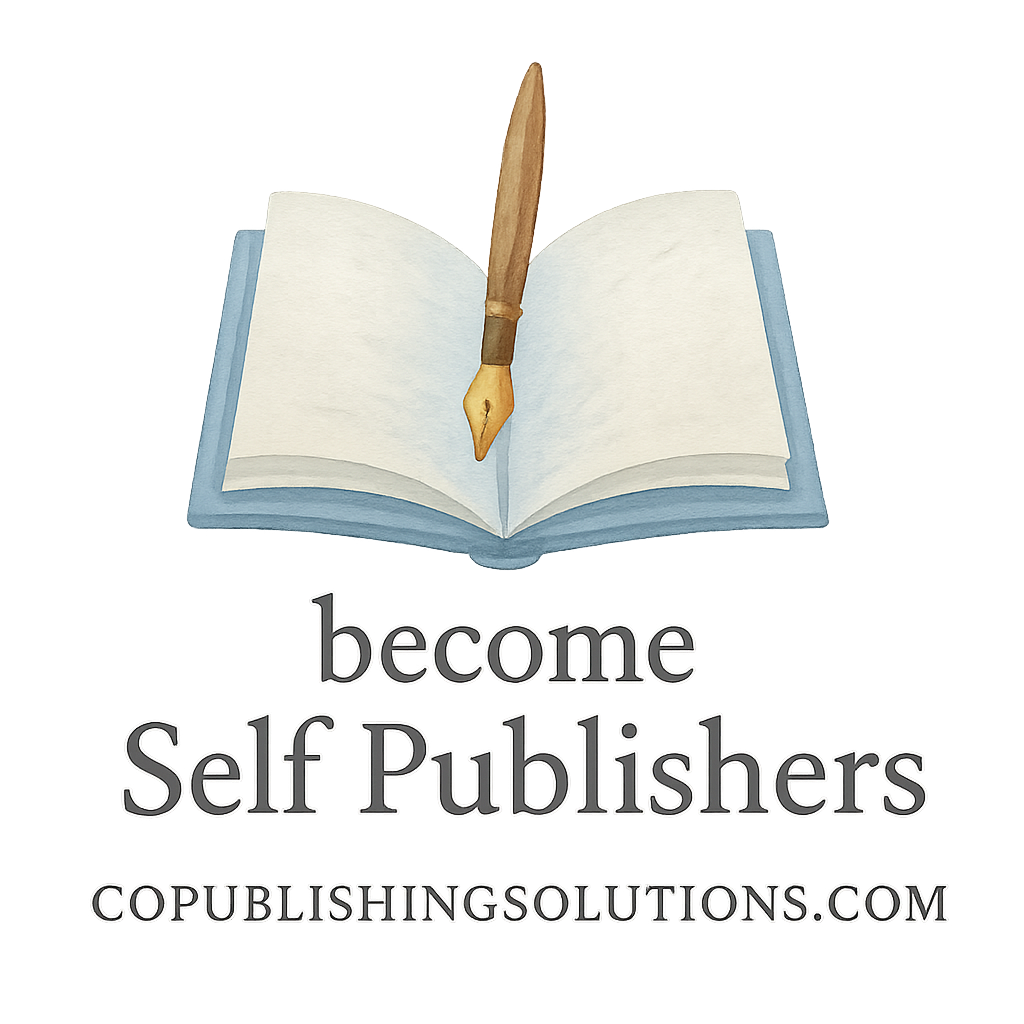Introduction
Ever dreamed of seeing your name on the cover of a book? With today’s technology, that dream is closer than ever—and you don’t need to wait for a publishing house to grant you permission. Self-publishing has exploded in popularity for a reason. Authors around the globe are ditching traditional publishing models and taking the reins of their creative journeys.
But why? What’s the big deal with self-publishing?
Let’s dive deep into the 10 major benefits of self-publishing over traditional publishing—especially if you want more freedom, faster results, and better financial rewards.
1. Creative Control: Your Book, Your Rules
Unleashing Your Vision
Traditional publishing often feels like giving your baby to someone else and hoping they raise it right. With self-publishing, you control everything—from the book cover and title to the tone and voice of your content.
Want a quirky chapter layout? Go for it. Prefer bold font and full-color illustrations? It’s all you.
Say Goodbye to Gatekeepers
Agents, editors, committees—who needs ’em? Self-publishing removes those pesky gatekeepers that often stand between you and your readers. This is especially empowering for writers tackling niche or unconventional topics.
Explore resources to guide your structure and design:
➡️ Book Design
➡️ Book Pages
2. Faster Time to Market
No Waiting on Publisher Schedules
Traditional publishing can take 12 to 24 months—or longer. That’s years of waiting!
Self-publishing? You could go from final draft to live on Amazon in a matter of days. You’re in control of the timeline.
Strike While the Iron’s Hot
Got a trending topic or hot take? Publish it now, while the buzz is still alive. Self-publishing lets you react quickly to market trends and opportunities.
Want to learn how to build momentum fast? Check out:
➡️ Advanced Publishing Growth
3. Higher Royalties and Earnings
Traditional Royalties vs. Self-Publishing Income
With traditional deals, you might earn 10-15% royalties. With self-publishing, you can keep up to 70% of the book’s price, depending on the platform.
That’s a game-changer.
Unlocking Passive Income Streams
Once your book is out, it keeps working for you—earning while you sleep. Self-publishing is a gateway to true passive income.
Start your income journey here:
➡️ Passive Income
➡️ Income
➡️ Money

4. Flexible Pricing and Promotions
Dynamic Pricing for Market Fit
You can test different price points, run discounts, or offer your book for free temporarily. Traditional publishers rarely allow such freedom.
Run Your Own Promotions
Got a mailing list? Social media following? You can set up your own sales campaigns to skyrocket your reach.
Learn how here:
➡️ Marketing & Monetization
5. Ownership of Rights and Content
Retain Full Copyright
When you self-publish, you keep 100% ownership of your content. No contracts, no fine print.
Reuse and Repurpose Your Work
You can turn your book into a course, audiobook, blog series—whatever you want. You own it all.
Explore tools for repurposing:
➡️ Publishing Tools & Platforms
6. Broader Distribution Opportunities
Global Reach Without Limitations
Self-publishing platforms like Amazon KDP, Apple Books, and Kobo offer global distribution. Your book can reach readers in Tokyo, Toronto, and Timbuktu—all in one day.
Print on Demand & eBook Platforms
You don’t need inventory. Services like IngramSpark and Lulu make it possible to print and ship books only when ordered.
Learn more at:
➡️ Publishing Content Strategy
7. Direct Relationship with Readers
Building a Loyal Fanbase
When you self-publish, your readers are your audience, not the publisher’s. Engage with them through newsletters, social platforms, and feedback loops.
Owning Your Marketing Channels
You decide how to market, where to market, and who to target. No middlemen.
Ideal for building your author brand:
➡️ Tag: Author
➡️ Tag: Self-Publishing
8. Speedy Feedback and Iteration
Make Edits Anytime
Found a typo? Got a better ending? With self-publishing, you can update your book anytime—something unheard of in traditional publishing.
Test, Tweak, Improve
Treat your book like a living product. Improve based on reviews and analytics.
Helpful for beginners:
➡️ Tag: Beginner
➡️ Self-Publishing Basics
9. Greater Opportunities for Niche Topics
Reach Underserved Audiences
Publishers often shy away from niche topics. But niche audiences? They’re often the most loyal and highly engaged.
Focus on Passion Projects
You’re not boxed in by trends. Write what you love. Write what matters.
For collaboration and niche exploration:
➡️ Co-Authoring
➡️ Collaboration
10. Building a Long-Term Author Brand
Consistency Across Your Work
Every book you release reinforces your brand, your voice, your mission. Self-publishing gives you total branding freedom.
Expanding Beyond the Book
Build online courses, launch podcasts, coach writers—you’re more than just an author, you’re a creator, entrepreneur, and influencer.
Check out business-building resources:
➡️ Tag: Business
➡️ Tag: Monetization
Conclusion
Choosing self-publishing over traditional publishing isn’t just a rebellious move—it’s a smart one. Whether you’re in it for the creative control, the higher earnings, or the speed and flexibility, self-publishing empowers you to build the writing career you’ve always dreamed of.
The world is changing. Don’t wait for permission to publish your book. Take charge. Hit publish. Own your story.
Explore more tips, tools, and strategies at
➡️ CoPublishingSolutions.com
FAQs
1. Is self-publishing more profitable than traditional publishing?
Yes, especially due to higher royalty rates and passive income potential. You earn more per sale.
2. How much does it cost to self-publish a book?
Costs vary, but you can start with under $500 using budget-friendly tools. Higher budgets offer pro editing and cover design.
3. Can self-published books become bestsellers?
Absolutely! Many indie authors have topped bestseller lists. Quality and marketing are key.
4. Do I need an ISBN to self-publish?
Some platforms provide free ISBNs (like Amazon KDP), but owning your own gives more control.
5. How do I market my self-published book?
Use social media, email lists, Amazon ads, and blogs. Start building your audience before launch.
6. Is self-publishing good for beginners?
It’s ideal! Beginners can learn the ropes, publish quickly, and iterate without industry barriers.
7. Where can I learn more about self-publishing tools and strategies?
Visit
➡️ Publishing Tools & Platforms
➡️ Publishing Content Strategy


